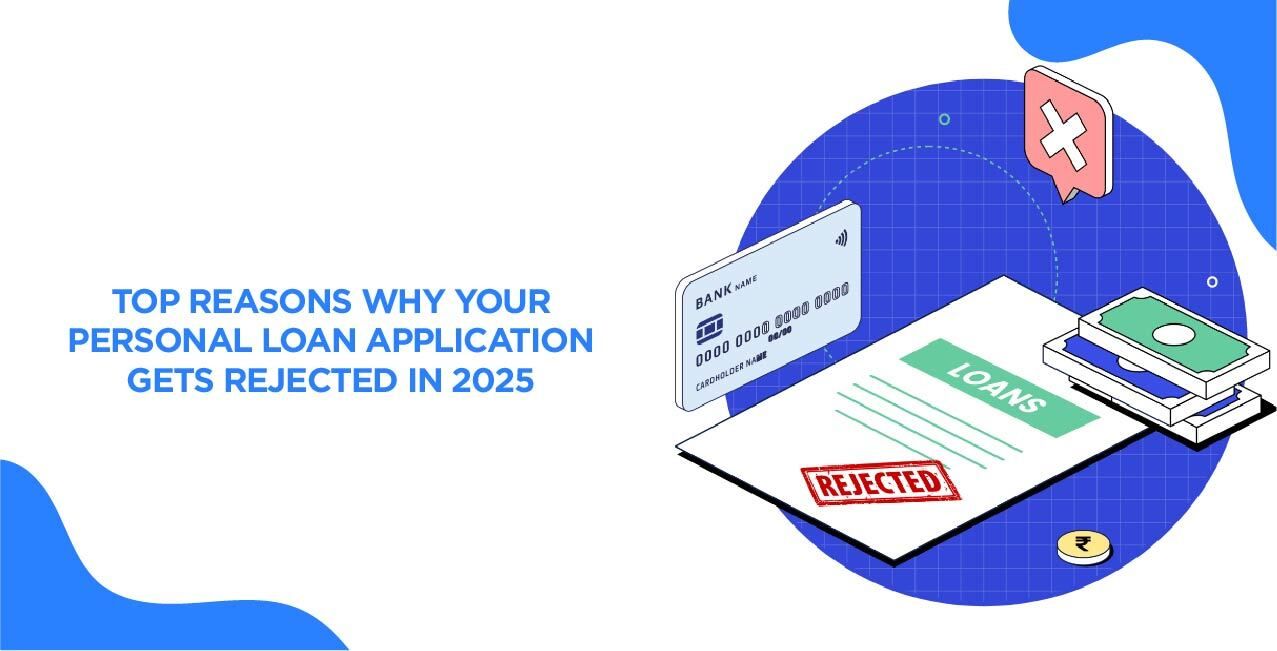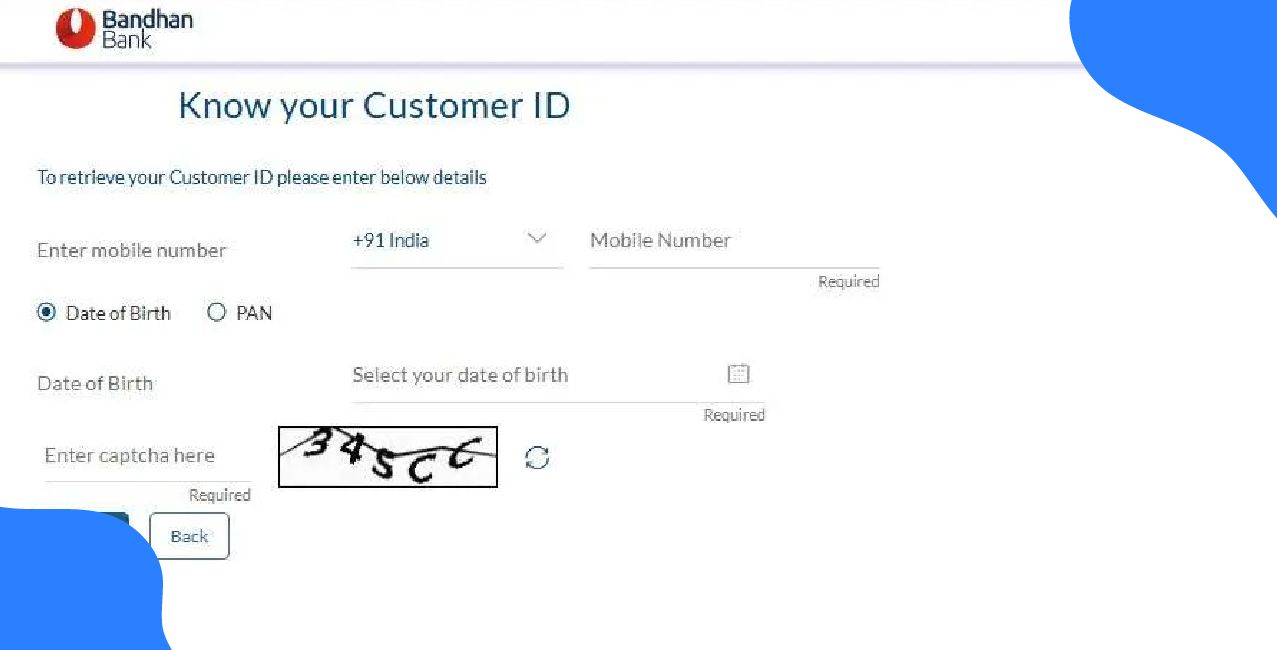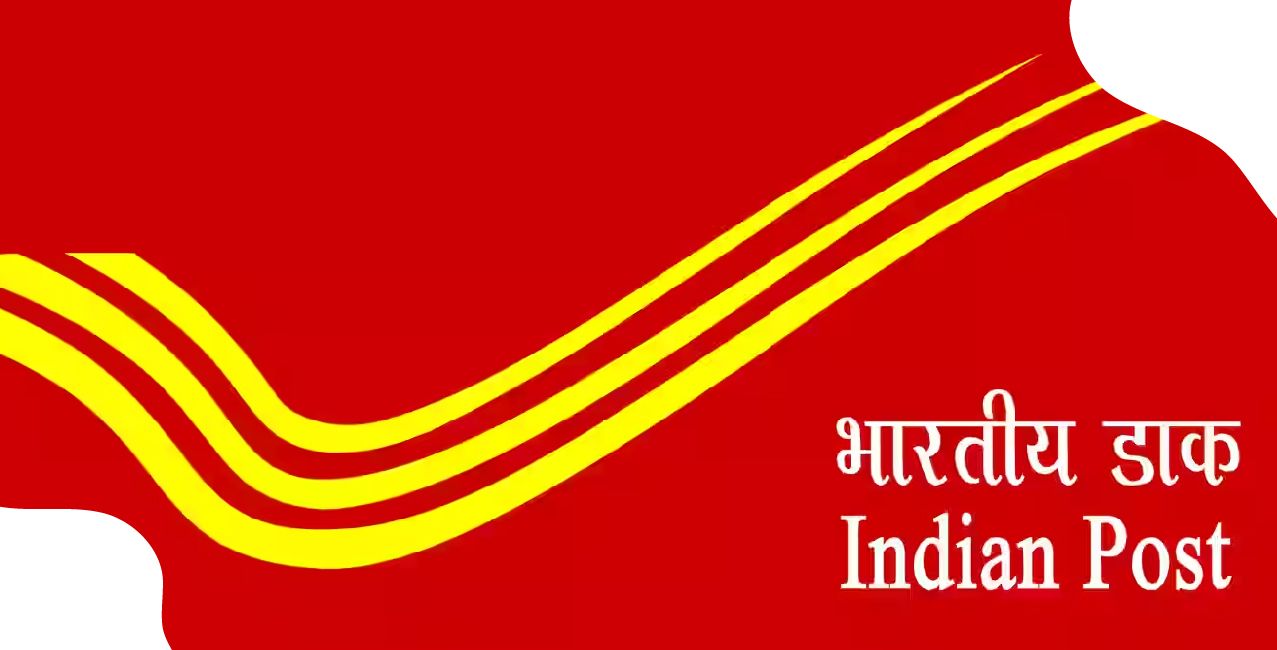
Author
LoansJagat Team
Read Time
8 Min
27 Mar 2025
Top Reasons Why Your Personal Loan Application Gets Rejected in 2025
Meet Riya, a 28-year-old marketing professional from Mumbai. She needed ₹8,00,000 for her sister’s grand wedding and applied for a personal loan at the bank. She was confident about getting it, but to her surprise, her application was rejected.
Frustrated, Riya started researching and realised that small mistakes in her financial profile led to the rejection. Mistakes she did not even realise mattered! And guess what? She is not alone. Like Riya, many people face loan rejections for simple and avoidable reasons.
But hey! hey! Don’t worry! “Picture abhi baki hai mere dost!” Let’s learn about those hidden mistakes and the correct steps to turn your status from rejected to approved.
What is a Personal Loan?
A personal loan is a type of loan you can take for any need—like medical emergencies, home repairs, wedding expenses, or even a world tour! It is an unsecured loan, meaning you do not need to give any property or asset as security. The bank provides you the loan based on your creditworthiness, not on any collateral.
How Does It Work? Step-by-Step Guide
Apply for the Loan: First, you fill out an application with a bank or online lender. You need to submit some documents like income proof, ID, and address proof.
Bank Checks Your Profile: The bank reviews your credit history, income stability, and existing loans. If everything looks good, you get approval.
Money is Transferred to Your Account: Once approved, the loan amount is sent directly to your bank account. “Bank se paisa transfer hote hi…lgta hai life set ho gyi jabtak EMI ki entry na ho!”
Start paying EMIs: You must repay the loan in fixed monthly installments (EMIs) for a fixed period. Missing EMIs can lower your credit score, so be careful!
Where Can You Use a Personal Loan?
“Paisa hi paisa… bas sahi jagah use krna important hai!”
You can use it for almost anything—paying medical bills, funding a foreign trip, building a house, or starting a business. Some people also use it to pay off high-interest credit card debt, as personal loans usually have lower interest rates. However, some banks restrict the usage (for example, you may not be allowed to invest in the stock market), so always check the loan terms.
Things to Remember Before Taking a Loan
Credit Score Matters: Before applying, check your credit score (750+ is good). Even after getting a loan, paying EMIs on time improves your score, while missing payments lowers it.
Can You Afford the EMI?: Your EMI should not exceed 30–40% of your salary. If it is too high, you may struggle with other expenses.
Watch Out for Hidden Charges: Processing fees, prepayment penalties, and late payment charges should not be ignored. Compare lenders and read the terms carefully.
Choose the Right Loan Tenure: A longer tenure means lower EMIs but higher total interest. A shorter tenure means higher EMIs but less interest paid. Pick what suits your budget.
Other Important Points
Debt Consolidation: If you have many credit card debts, you can take one personal loan to pay them all off at a lower interest rate. This makes repayment easier.
An Emergency Fund is Important: A personal loan can be a backup, but do not depend on it completely. Always keep some savings for emergencies.
- Prepayment Option: If you can repay early, check if the bank allows prepayment without a high penalty.
Take a Loan Wisely!
A personal loan can be a lifesaver, but misusing it can lead to financial trouble. “Risk hai to ishq hai, par risk calculative hone chahiye!” Do not take loans just because they are easy to get. Plan carefully, budget your finances, and read the lender’s terms properly. Remember, getting a loan is easy, but repaying it is more important!
Types of Personal Loans: Secured vs. Unsecured – Know the Difference
There are two types of personal loans: Secured and Unsecured. The main difference is whether you need to give collateral (a valuable asset).
1. Secured Personal Loan (With Collateral)
- You need to provide security, such as a fixed deposit (FD), car, house, or other valuable asset.
- The lender feels safe because they can sell the asset to recover the money if you do not repay.
- Why choose this? Interest rates are lower because the bank’s risk is less.
“Aaj mere pass collateral hai, low interest rate hai, flexible tenure hai…tumhare pass kya hai?”
2. Unsecured Personal Loan (No Collateral)
- There is no need to provide any asset as security.
- The lender checks only your credit score and income to decide whether to give you a loan.
- Higher risk for the lender = higher interest rates.
- Banks/NBFCs approve this loan only if you have a good credit score and stable income.
Which One Is Better?
Secured Loan | Unsecured Loan |
Lower risk for the bank | Higher risk for the bank |
Lower interest rate | Higher interest rate |
Need to give collateral | No collateral required |
Easier to get if you have assets | Approval depends on credit score & income |
Your choice depends on your financial situation:
- If you have collateral, go for a secured loan (lower interest).
- If you don’t have collateral, work on improving your credit score and income stability for an unsecured loan.
6 Common Reasons For Personal Loan Rejection
1. Low Credit Score: The Silent Loan Killer
What is a Credit Score?
A credit score between 300 and 900 indicates how reliable you are with credit. In 2025, banks will use AI-powered systems to evaluate borrowers, and a low score can lead to instant rejection.
Why is it important?
- Banks like SBI and HDFC usually require a minimum credit score of 750 for personal loans.
- Banks may consider you a risky borrower if you have no credit history.
How to Improve Your Credit Score
- Pay your EMIs and bills on time.
- Use a secured credit card to build a credit history.
Avoid closing old bank accounts, as they help maintain a long credit history.
Credit Score Range | Approval | Risk |
750 - 900 | High | Low Risk |
650 - 749 | Moderate | Medium Risk |
Below 650 | Low | High Risk |
2. Applying for Too Many Loans: A Red Flag
Why is this a problem?
When you apply for a loan, the bank checks your credit report. Too many applications make it seem like you are in financial trouble.
What’s New in 2025?
Banks now use advanced systems to track how often you apply for loans. If you apply to three or more lenders within 30 days, it raises a red flag.
Read More – How to Increase Cibil Score
How to Avoid This
- Use pre-qualification tools to check loan offers without affecting your credit score.
- Wait at least six months before applying again.
3. Too Many Existing Loans: The Debt-to-Income (DTI) Ratio
Why Banks Check This
If a big part of your salary goes into paying loans, banks worry you may struggle to repay a new loan. A DTI ratio above 40% is a warning sign.
Example
Rahul earned ₹3,00,000/month but paid ₹1,20,000 in EMIs for his ₹50,00,000 home loan and ₹10,00,000 car loan. His DTI ratio hit 40%, lowering approval chances by 50%.
"Loan toh door ki baat hai, bank wale paani tak nahi pooch rahe the!" The bank rejected his ₹5,00,000 loan. He needed a DTI below 35% or a ₹50,000 EMI cut.
DTI Ratio Guidelines
DTI Ratio | Approval Chances |
<30% | High |
30% - 40% | Moderate |
>40% | Low |
How to Fix It
- Pay off small loans first, like credit card bills or buy-now-pay-later (BNPL) dues.
- Find extra income sources, like freelancing or renting out property.
4. Low Income: The Salary Barrier
What’s Changing in 2025?
With prices going up, banks now require higher minimum salaries to approve loans:
- Metro cities: At least ₹35,000 per month
- Smaller cities: At least ₹25,000 per month
Income vs Loan Eligibility
Monthly Income | Max Loan Eligibility |
₹25,000 - ₹40,000 | ₹5,00,000 - ₹7,00,000 |
₹40,000 - ₹75,000 | ₹10,00,000 - ₹15,00,000 |
₹75,000+ | ₹20,00,000+ |
Tip: Mention bonuses, rental income, or side earnings in your loan application to boost your chances.
5. Job Instability: A Big Concern
Why Banks Care
In 2025, as more people do freelance and gig work, banks will prefer borrowers who have been in the same job or field for at least two years.
Example
Karan switched 3 jobs in 18 months, earning ₹50,000/month. Despite a ₹6,00,000 annual income and a 750 credit score, the bank rejected his ₹4,00,000 loan due to instability.
His approval chance dropped 45%, and he needed 6 more months in one job for reconsideration. "Yeh bank wale bhi na, stability ka raag sunake rejection thok dete hain!"
Employment Types & Approval Rates
Employment Type | Approval Rate |
Government Employee | 90% |
Private (MNC) | 85% |
Self Employed/ Freelancer | 60% |
How to Fix It?
- If you just switched jobs, wait 6–12 months before applying for a loan.
- If you are a freelancer, show long-term contracts to prove income stability.
Also Read - How to Increase Your Loan Approval Chances
6. Wrong or Missing Documents: Small Mistakes, Big Problems
Common Mistakes
- Different addresses on Aadhaar and bank statements.
- Old salary slips that are not up to date.
- Unsigned forms are missing your signature.
Example:
Siddharth applied for a ₹5,00,000 loan, but his PAN-Aadhaar mismatch delayed it by 30 days. The bank requested 2 extra documents and made 3 verification calls.
His approval chances fell 40% despite a 750 credit score. After 15 follow-ups, he got approval at 12% interest for 5 years, costing him ₹11,122 EMI.
Must-Have Documents
Document Type | Examples |
Identity Proof | Aadhar, PAN, Passport |
Address Proof | Utility bills, Rent Agreement |
Income Proof | Salary Slips, ITR (3 years) |
Employment Proof | Offer letter, Appointment letter |
Pro Tip: Upload digital copies of your documents through the bank’s app to avoid mistakes and delays.
Conclusion
In 2025, most personal loan rejections happen due to simple mistakes like low credit scores, unstable income, or wrong documents. Since banks now use AI to check financial discipline, they have become stricter.
To avoid rejection:
- Check your credit score before applying.
- Do not apply for too many loans at once.
- Keep your Debt-to-Income (DTI) ratio below 40%.
- Make sure your documents are correct and updated.
- Freelancers should show stable income through contracts or ITRs.
A personal loan is a big responsibility—borrow wisely, plan your repayments, and avoid falling into debt problems. A little care today can save you from rejection tomorrow!
FAQs
1. What credit score is needed for a personal loan?
A. A 750+ score is good. A lower score increases rejection chances. To improve it, pay EMIs and bills on time and don’t close old credit cards.
2. Will applying to multiple banks lead to rejection?
A. Yes! Every loan application leaves a "hard inquiry" on your credit report. If you apply to 3+ banks in 30 days, it looks like you are desperate for money. Use pre-qualification tools first.
3. Can freelancers get a personal loan?
A. Yes, but they need strong income proof—like 3 years of ITR, long-term contracts, or bank statements. Banks prefer freelancers who have worked in the same field for 2+ years.
4. How to check if I can afford the EMI?
A. Your EMI should not be more than 30-40% of your salary. Example: If you earn ₹50,000 per month, your EMI should be ₹15,000-₹20,000 max. Use EMI calculators on bank apps.
5. What documents are needed? Common mistakes?
A. Required documents: Aadhaar, PAN, last 3 months' salary slips, 3 years’ ITR (for self-employed).
Common mistakes: Address mismatch between Aadhaar and bank records, unsigned forms, and old or missing salary slips.
Other Related Pages | ||
Top Reasons Why Your Personal Loan Application Gets Rejected in 2025 | ||
About the Author

LoansJagat Team
‘Simplify Finance for Everyone.’ This is the common goal of our team, as we try to explain any topic with relatable examples. From personal to business finance, managing EMIs to becoming debt-free, we do extensive research on each and every parameter, so you don’t have to. Scroll up and have a look at what 15+ years of experience in the BFSI sector looks like.

Quick Apply Loan
Subscribe Now


